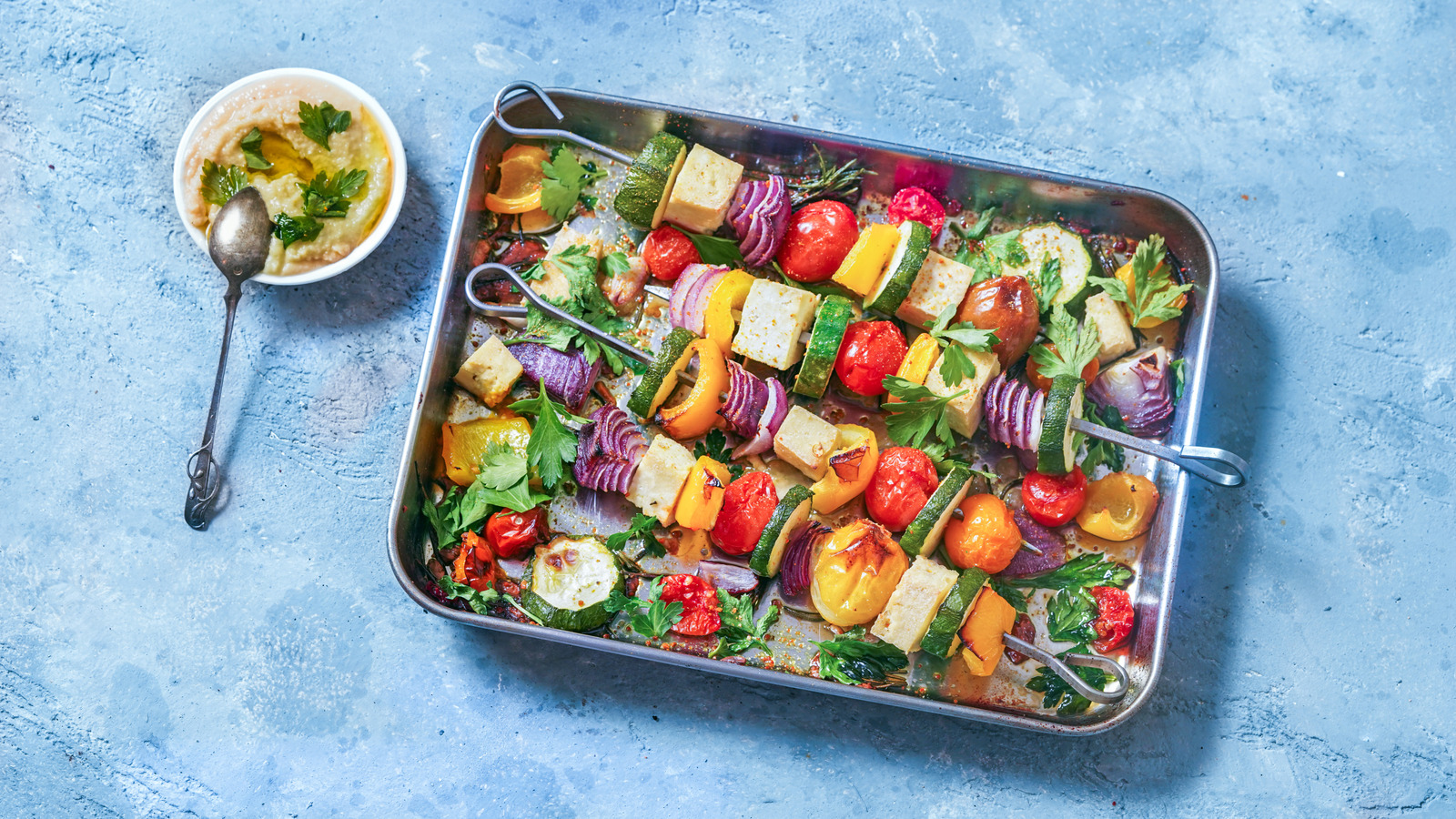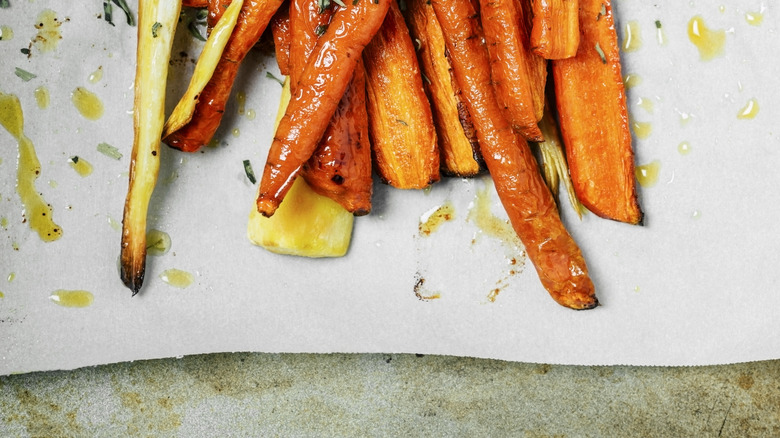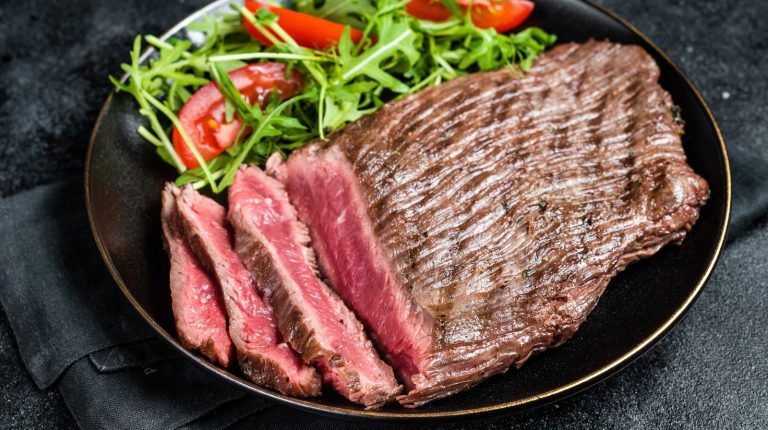Low and slow works wonders for a wine-braised brisket, but when it comes to roasting vegetables, it’s a recipe for disappointment. Roasting vegetables at lower temperatures will leave them mushy, pale, and lacking that coveted caramelization. To achieve roasted veggie perfection, crank up the heat — we’re talking 400–450 Fahrenheit.
High heat allows the vegetables’ natural sugars to caramelize, creating crispy, golden-brown edges while keeping the insides tender and cooked through. This contrast in textures is what makes a well roasted vegetable truly divine. Whether it’s carrots, sweet potatoes, or zucchini (which Ina Garten swears by topping with breadcrumbs), the trick is to roast them hot and fast. Anything lower, and your veggies won’t develop those deliciously charred bits.
The key here is to embrace the high heat and let the vegetables’ natural flavors shine through. A properly roasted vegetable showcases its natural flavors at their best: sweet potatoes turn even sweeter, carrots develop a deep earthiness, and bitter vegetables like Brussels sprouts take on a nutty flavor. To maximize the transformation, ensure your oven is fully preheated before roasting, and trust the process. Perfectly high-heat roasted vegetables are crisp, vibrant, and full of flavor — a far cry from their soggy, low-temperature counterparts.
High heat and big flavor
Beyond temperature, a few simple tricks can take your roasted vegetables from good to show-stopping. Tossing them with a neutral oil ensures even cooking, as the oil helps distribute heat across the surface of the vegetables and prevents them from drying out. Seasoning with salt is equally important, as it enhances the vegetables’ natural sweetness.
For a creative twist, consider adding a dash of vanilla to more saccharine vegetables like butternut squash or parsnips. This unexpected addition can elevate the dish with a subtle, aromatic note. Similarly, experimenting with herbs and spices like rosemary, thyme, smoked paprika, or cumin can bring extra flavor to dishes. A sprinkle of Parmesan and a squeeze of fresh lemon juice over Mediterranean vegetables, for example, will add a big burst of flavor.
Spacing is another critical factor. Overcrowding the pan traps steam, leaving your vegetables more steamed than roasted. Use a large baking sheet or divide the vegetables across two pans, ensuring they have plenty of space to crisp up. Cutting your vegetables to uniform sizes is equally important for even cooking. Smaller pieces roast faster, so for dense vegetables like potatoes, cut them smaller or pre-cook them slightly. Just like with love, timing is everything — if you’re cooking a mix of vegetables, stagger their addition to the roasting pan based on their density.





